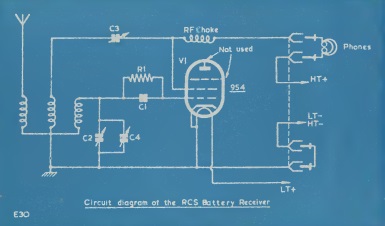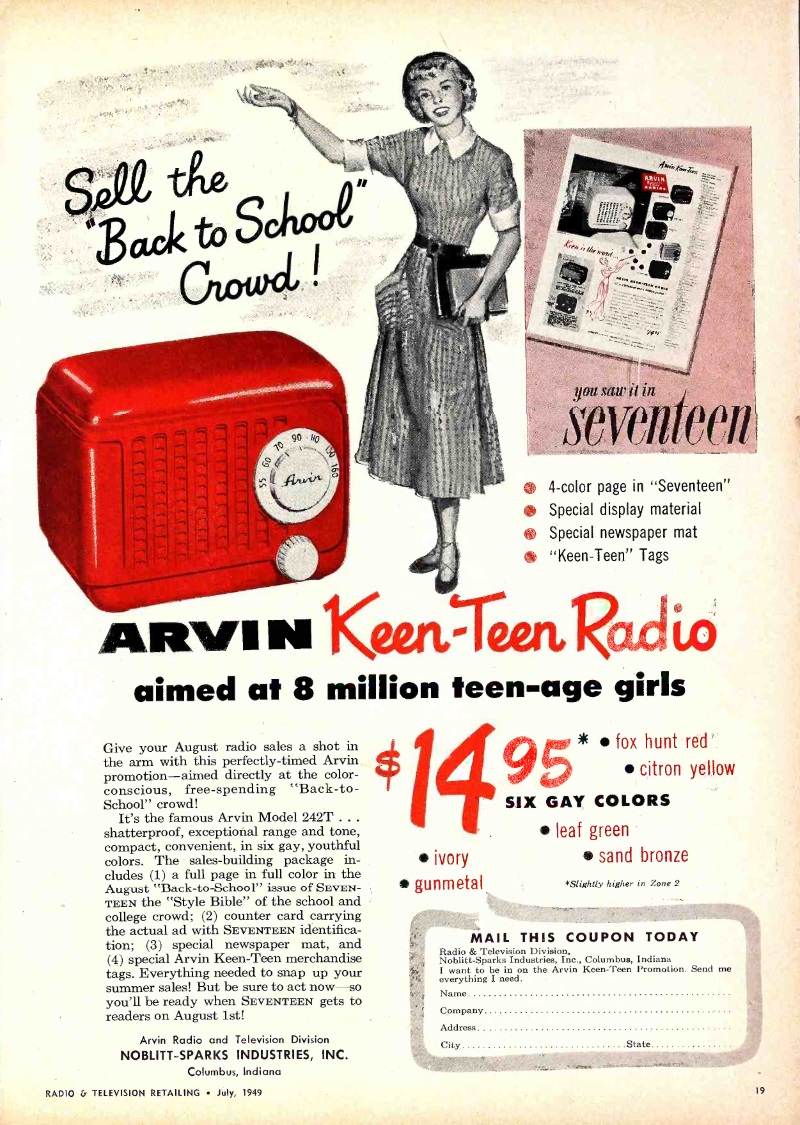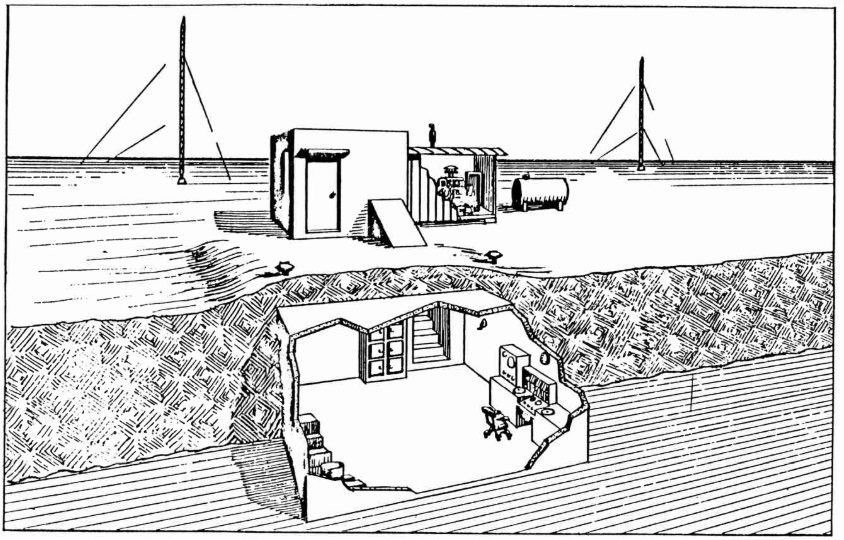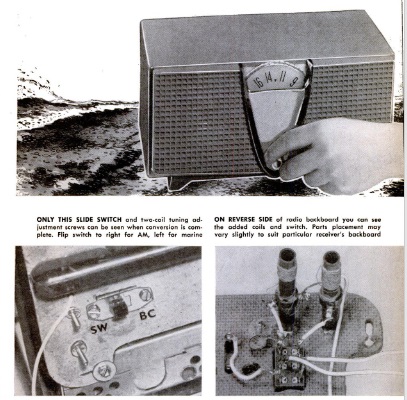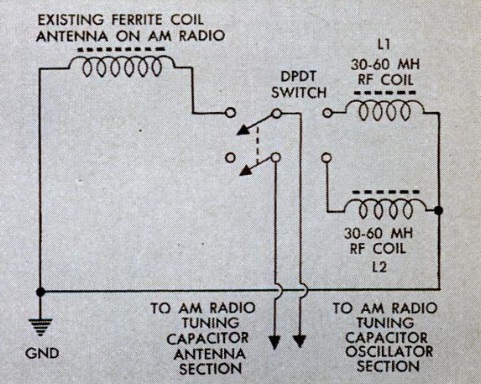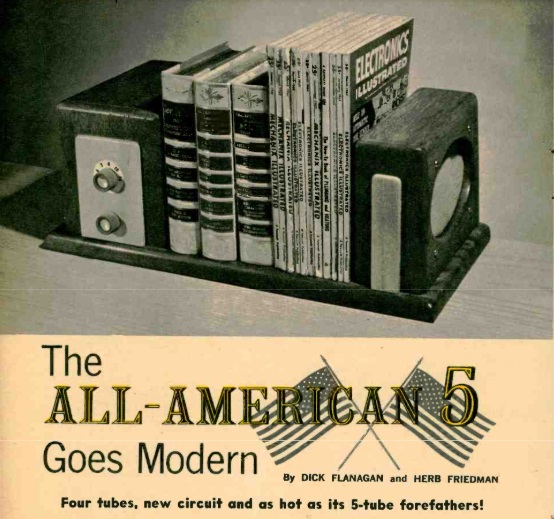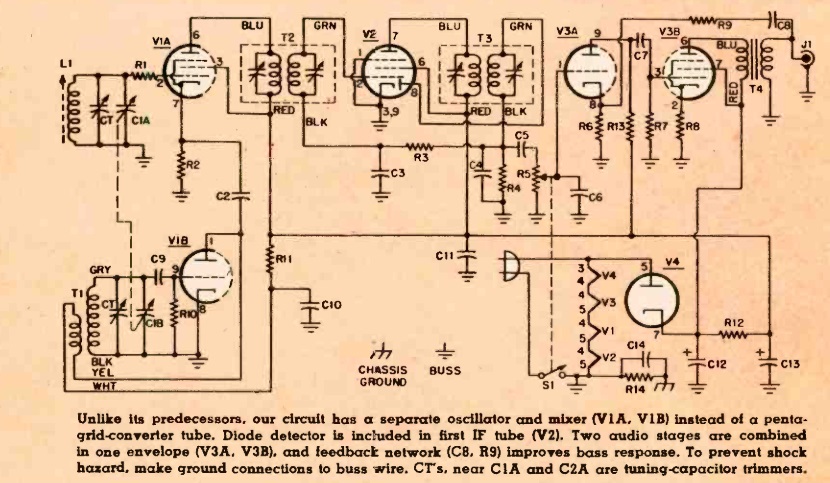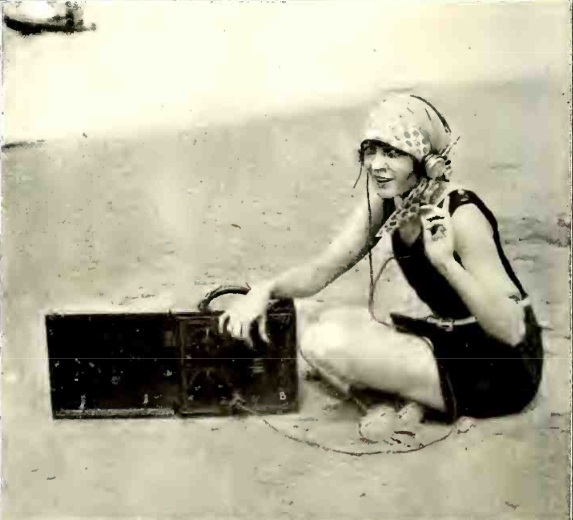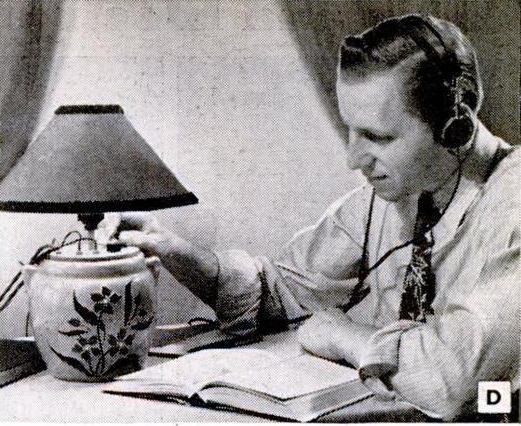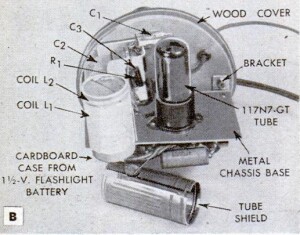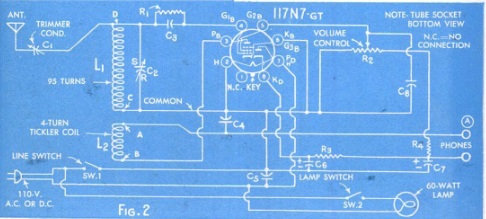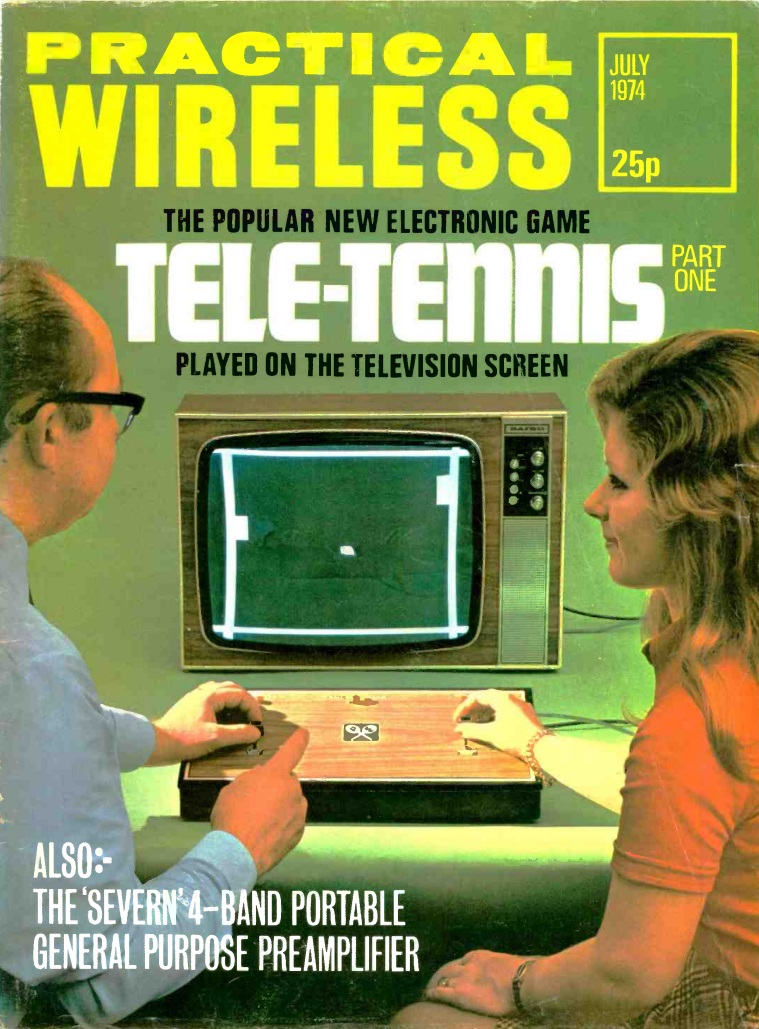 Fifty years ago, this duo were among the first Britons to enjoy playing a video game, thanks to the project shown in two issues of Practical Wireless, starting in July 1974. The game, dubbed Tele-Tennis, appears to be a clone of Pong, which first hit arcades in 1972. The home version didn’t hit American Sears stores until 1975, so these two were way ahead of the curve. The construction article was careful, however, to avoid the “Pong” name.
Fifty years ago, this duo were among the first Britons to enjoy playing a video game, thanks to the project shown in two issues of Practical Wireless, starting in July 1974. The game, dubbed Tele-Tennis, appears to be a clone of Pong, which first hit arcades in 1972. The home version didn’t hit American Sears stores until 1975, so these two were way ahead of the curve. The construction article was careful, however, to avoid the “Pong” name.
The magazine noted that the television, the most sophisticated instrument in most homes, wasn’t living up to its potential being used only to watch Bugs Bunny or Coronation Street. It noted that the game was sweeping pubs and clubs in America, and that the British experimenter could duplicate it.
Initially, the author was afraid that the circuit might be too complex for the amateur constructor. But thanks to a careful design, the use of IC’s, and a printed circuit board, the project could be undertaken by anyone with reasonable soldering ability. Both the circuit boards and cabinet were available for purchase.
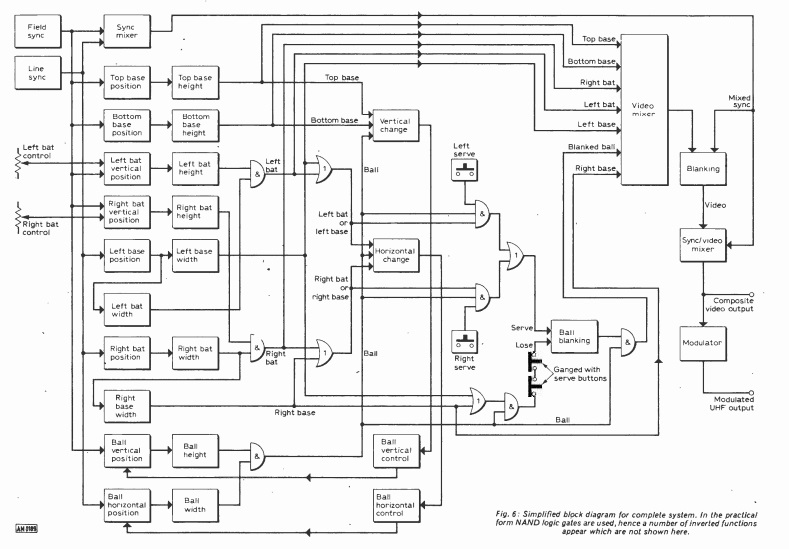
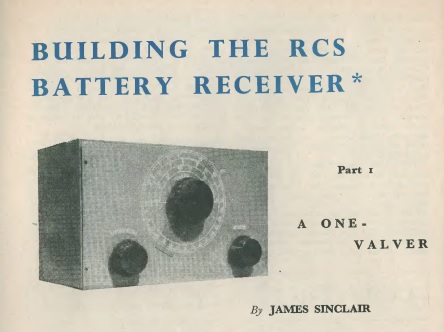 Seventy years ago this month, the July 1954 issue of the British publication Radio Constructor carried the plans for this one-tube regenerative receiver for the “veriest beginner” to radio. The magazine noted that such a beginner may not yet know how to read schematics, and the the magazine thus carried Heathkit-style step-by-step instructions for wiring it up.
Seventy years ago this month, the July 1954 issue of the British publication Radio Constructor carried the plans for this one-tube regenerative receiver for the “veriest beginner” to radio. The magazine noted that such a beginner may not yet know how to read schematics, and the the magazine thus carried Heathkit-style step-by-step instructions for wiring it up.
